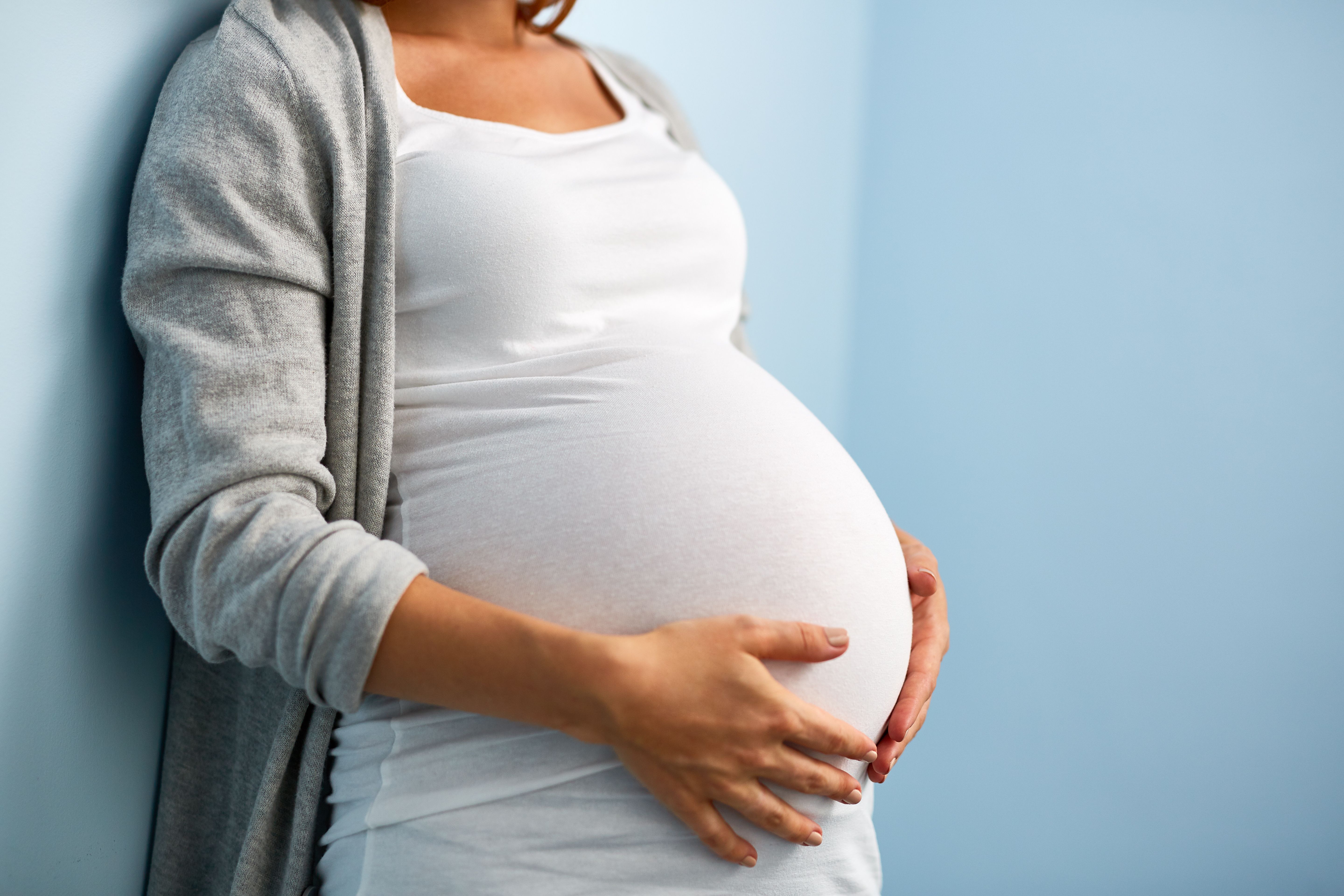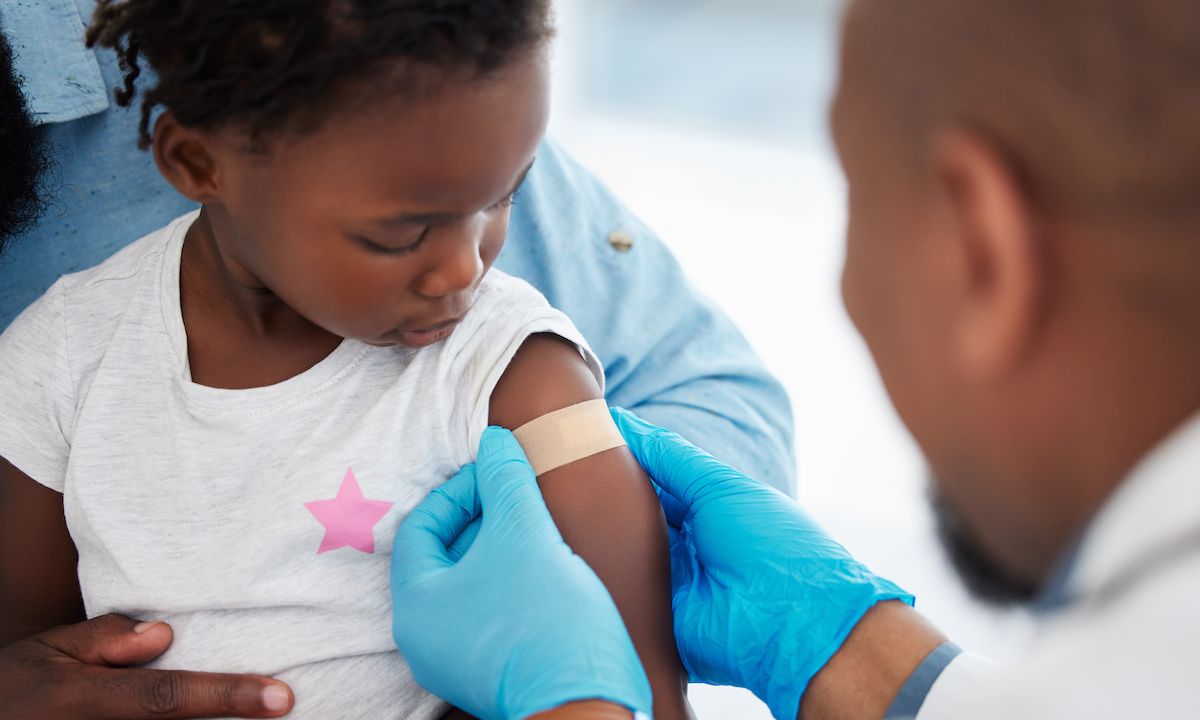News
Article
Increased Hepatitis C Infections During Pregnancy Linked to Opioid Epidemic
Author(s):
Hepatitis C virus infections during pregnancy increased 16-fold from 1998 to 2018 in the United States, with adverse maternal and infant outcomes linked to the opioid epidemic.
This article was originally published on Contagion Live. It has been lightly edited.
A 16-fold increase in the prevalence of hepatitis C virus (HCV) infection during pregnancy in the United States is linked to the opioid epidemic in a recent cross-sectional study of more than 70 million hospital maternity admissions between 1998 and 2018.
The investigators indicate that they conducted the study to add to previously scarce data on HCV infection during pregnancy and bring some clarity to conflicting reports on the role of HCV in pregnancy and perinatal outcomes.
"Given increasing HCV infections among women of childbearing age, the risk of vertical HCV transmission, and potential pregnancy-related adverse events, clinicians and policy makers need a heightened understanding of HCV infection during pregnancies and its implications on outcomes," explained study lead author, Po-Hung Chen, MD, PhD, Division of Gastroenterology & Hepatology, Department of Medicine, Johns Hopkins University School of Medicine, Baltimore, Maryland, and colleagues.
Chen and colleagues drew data on hospital admissions that culminated in childbirth, stillbirth, or spontaneous abortion from the National Inpatient Sample, the largest publicly available all-payer inpatient care database in the United States. Within that cohort, 137,259 (0.20%; 95% CI, 0.19%-0.21%) were HCV positive.
In the 21-year study period, the prevalence of maternal HCV infection increased 16-fold, from 0.34 (95% CI, 0.26-0.41) per 1000 pregnancies in 1998 to 5.3% (95% CI, 4.9-5.7) in 2018. During that period, the proportion of HCV-positive pregnancies increased in all age groups, but the highest increase (31-fold) was found in women aged 21 to 30 years. Since the earliest recommendation for universal HCV screening in pregnancy was not issued until 2018, the investigators acknowledge that they may have underestimated HCV prevalence.
"These increases were concurrent with increasing proportions of pregnancies in women with opioid use histories," Chen and colleagues pointed out. "The group aged 21 to 30 years experienced an accelerated increase in HCV-positive pregnancies after the start of the second wave of the opioid epidemic in 2010."
Pregnant woman | Image credit: pressmaster - stock.adobe.com

The investigators explained that the bloodborne HCV infection has been driven by injection drug use, with a tripling of acute HCV cases between 2010 and 2015. They characterized the "second wave" of the opioid epidemic as occurring between 2010 and 2013 when heroin overdose–related deaths initially became dominant, and transitioning to a "third wave" with overdose deaths from synthetic opioids.
"HCV infection among women of reproductive age has steadily increased over the past 2 decades in parallel with the opioid epidemic," Chen declared when discussing the study with Contagion.
"Universal HCV screening with each pregnancy makes sense. Devoting more public health resources to address the opioid epidemic also probably makes sense, even though our methodology technically could not establish the cause-effect relationship," Chen remarked.
Adverse events which were compared in the HCV-positive and -negative sets included anemia complicating pregnancy, gestational diabetes, hypertension complicating pregnancy, and thyroid dysfunction complicating pregnancy. Perinatal events included cesarean delivery, stillbirth, spontaneous abortion, preterm labor, poor fetal growth, fetal distress, and premature rupture of membranes.
HCV-positive pregnancy was found to increase the risk for several maternal and perinatal outcomes, including gestational hypertension (adjusted odds ratio [AOR], 1.08; 95% CI, 1.03-1.14), cesarean delivery (aOR, 1.19; 95% CI, 1.15-1.22), preterm labor (aOR, 1.10; 95% CI, 1.05-1.14), poor fetal growth (aOR, 1.29; 95% CI, 1.21-1.37) and fetal distress (aOR, 1.11; 95% CI, 1.08-1.15). The risk of spontaneous abortion was lower (aOR, 0.88; 95% CI, 0.82-0.95), however, which, the investigators suggest, is more likely to follow from genetic anomalies.
Chen found that these data support recent recommendation for universal HCV screening in pregnancy as well as increased access to multidisciplinary collaborations in caring for women with HCV.
"Given the recency of the CDC and ACOG's [American College of Obstetricians and Gynecologists] endorsements for universal antepartum HCV screening—2020 and 2021, respectively—I believe that increasing awareness among frontline providers, ie obstetrics practices, is an essential first step," Chen concluded. "Johns Hopkins obstetricians have fully adopted the practice and refer women who screen positive for HCV to hepatology or infectious disease specialists for treatment."
Reference
Chen P, Johnson L, Limketkai BN, et al. Trends in the prevalence of hepatitis c infection during pregnancy and maternal-infant outcomes in the US, 1998 to 2018. JAMA Netw Open. 2023;6(7):e2324770. doi:10.1001/jamanetworkopen.2023.24770




